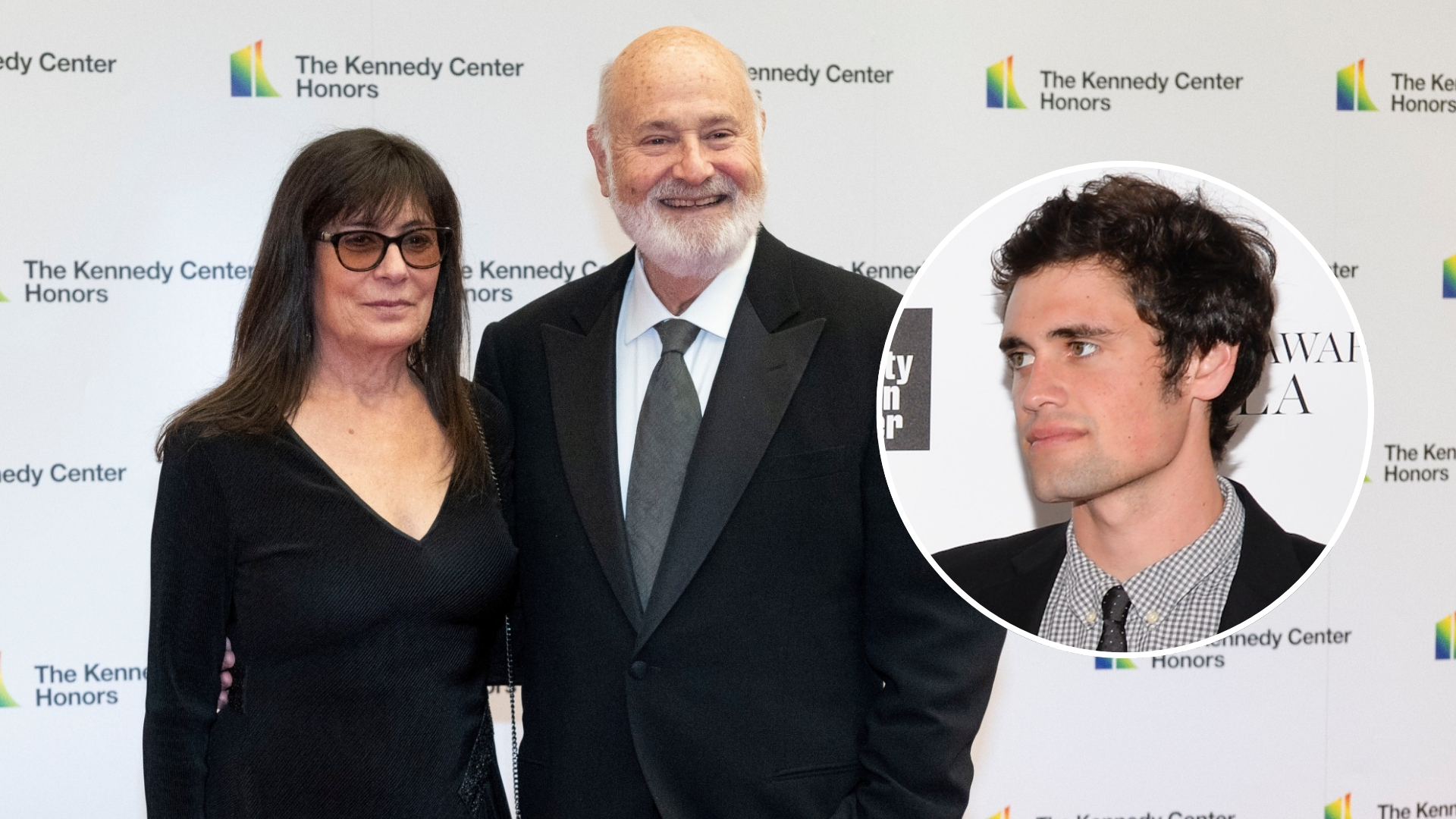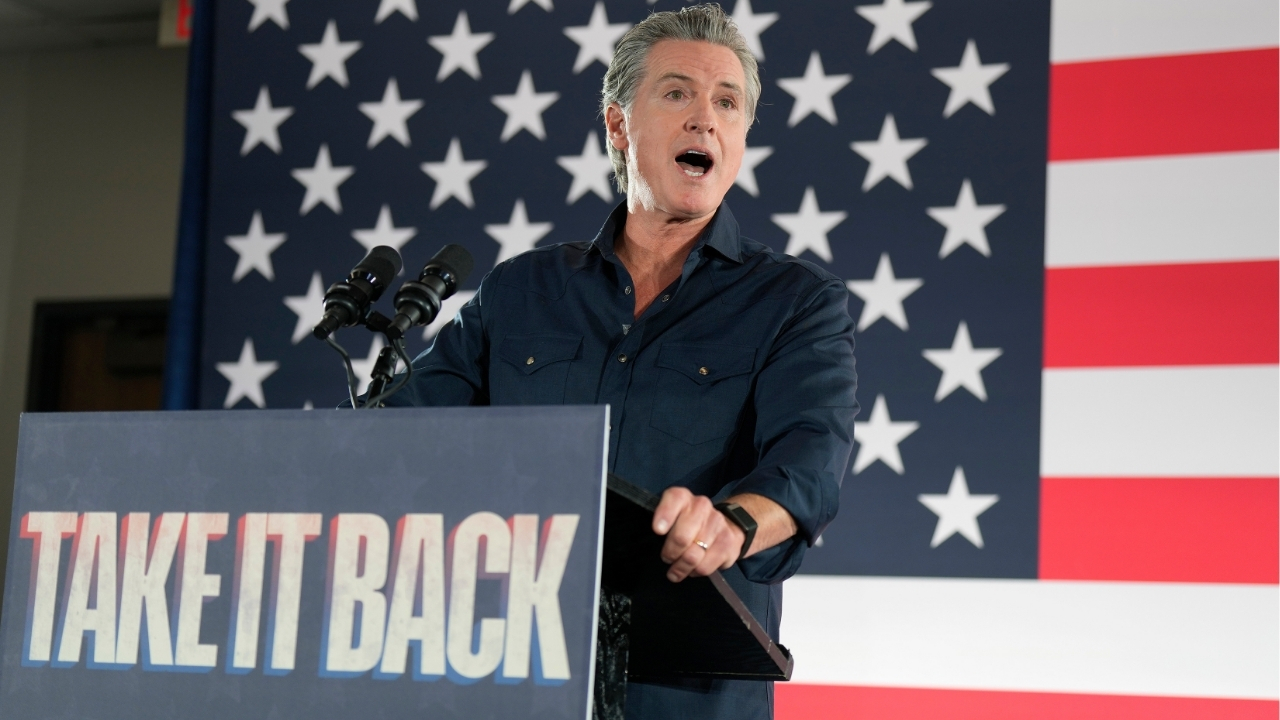Pelton mail: Should the Clippers re-sign or trade DeAndre Jordan?


This week's mailbag features your questions on blocked-shots impact, protecting big leads and more.
You can tweet your questions using the hashtag #peltonmailbag or email them to peltonmailbag@gmail.com.
If it takes the max to sign DeAndre Jordan, I would definitely walk away. After all, Jordan will be in the 35 percent max category with 10 years of experience, so a max contract for him would be an estimated $205 million over five years. That means paying Jordan nearly $47 million for his age-34 season.
In practice, I'm not sure the Clippers will have to make such a decision because I don't think Jordan will get a full max offer from anyone else. Only a handful of teams are in position to make such an offer, and as I noted over the summer when discussing Nerlens Noel's prospects in free agency, few of them really need a center.
At a more reasonable price, I would have interest in re-signing Jordan -- particularly if his contract would remain tradeable should the Clippers decide to rebuild or need cap space for a marquee free agent.
As for the second half of your question ... well, that depends on how much value the Clippers are getting from Jordan this season. If they indeed fall out of playoff contention after losing Patrick Beverley to season-ending knee surgery, a Jordan trade is definitely the way to go.
Using Second Spectrum data, we can calculate this. Through Wednesday, here's the number of shots defended via Second Spectrum tracking and the percentage of those that players have blocked (shot percentage) along with the traditional stat -- blocks as a percentage of 2-pointers attempted while the player is on the court (2A percentage).
While there are some minor differences (Brandan Wright!), the two lists look awfully similar. And if you chart these two statistics for all players who have defended at least 50 shots, it's easy to see how well they track each other. The correlation between them is almost 1 to 1 (it is, in fact, .96).
To the extent the two stats differ, I'm not necessarily sure it's good to do better in blocks per shot defended than per opponent 2-point attempt percentage. After all, part of rim protection is being in position to defend the rim! Given that and the fact that traditional block percentage can be calculated back for decades, I don't think there's a compelling reason to make a change.
"I get the impression that the beginning of the season has been more competitive this year than in the past (in that wins are more equally distributed between teams). Is there any statistical evidence of that?"
-- Omri
There is, yes. Although we're not quite there, I figured the 20-game mark was a good point of comparison, so I projected teams' winning percentages out to 20 games each and looked at the standard deviation of wins as compared to the past decade. Lo and behold, 2017-18 would have the lowest spread in wins over the first 20 games in that group.
The Boston Celtics and Houston Rockets are the lone two teams that have won more than three-quarters of their games so far, while just three teams (the Atlanta Hawks, Chicago Bulls and Sacramento Kings) are shy of winning one-quarter of their games. By contrast, in 2014-15 -- the least competitive 20-game stretch to start a season in the past decade -- an incredible eight teams started 15-5 or better and seven started 5-15 or worse.
It's interesting that the past three seasons, including this one, have all ranked among the four most competitive over the first 20 games dating back to 2007-08. For all the perception of stratification in the NBA, that hasn't been the case early in the regular season.
"I was listening to Jeff Van Gundy on Zach Lowe's podcast and he made an interesting comment about the perceived value of 15-point leads in the modern NBA given the rise of the 3-pointer. Is there any statistical evidence to back this up? Are teams coming back more often than they used to from big leads? Are teams building more big leads due to 3-pointers?"
-- Colin K-D
As is often the case, Coach Van Gundy is onto something. While he and Zach mentioned early leads, I decided to look at games in which teams led at halftime by between 14 and 16 points (so as to expand the sample beyond what it would be if looking just at 15-point leads). This data can be compiled using Basketball-Reference.com's score finder.
From year to year, there's naturally a huge amount of randomness in the percentage of those games in which the team with a halftime lead goes on to win. So I looked at win percentage over the previous five seasons to try to filter out that noise. With that adjustment, a pattern becomes apparent:
For most of the 3-point era, teams have won about 90 percent of the time when they lead by 14 to 16 points at halftime. That has trended downward recently, with the most recent five-year span (including 2017-18) so far a new low-water mark at just 85 percent. A 15-point lead remains pretty comfortable, but not as much so as once was the case.
As for your second question, there doesn't seem to be any trend toward teams leading more by about 15 points, at least at halftime. The percentage of games with a halftime lead between 14 and 16 points has hovered around 8 percent of all games throughout the 3-point era.






